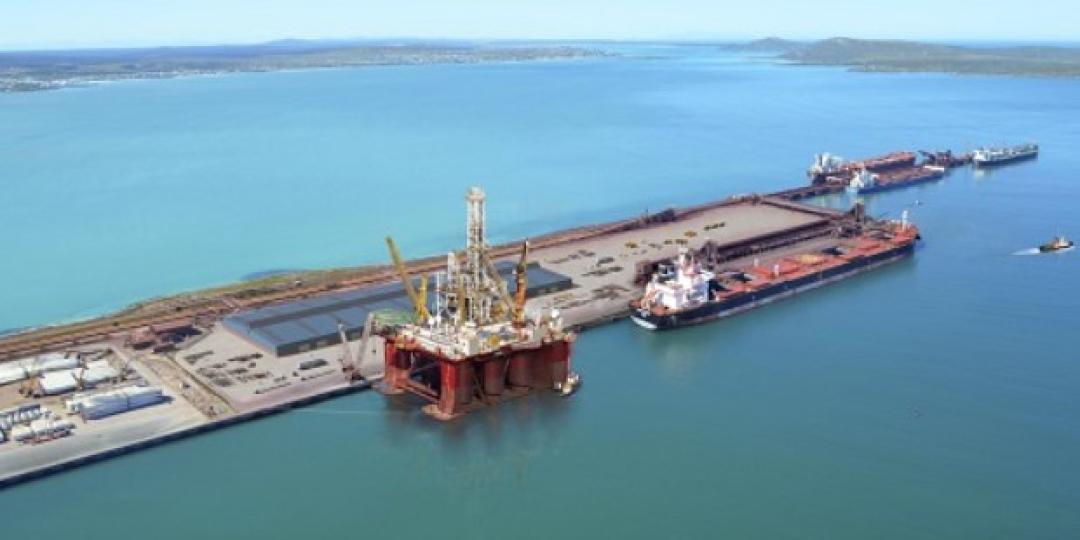As part of its ongoing plans to improve efficiencies and productivity, the Saldanha Multi-Purpose Terminal (MPT) has successfully decreased the dwell time of vessels in the terminal from 12 days to seven.
This comes after the port conducted a study on vessel dwell times and started implementing its recommendations.
The study focused on finding measures to reduce idle time in the back of port, reducing inefficiencies on the landside and waterside, and reducing vessel turnaround time and port stays to ultimately cut the cost of doing business. The terminal plans to reduce dwell time to five days.
The study was divided into two phases: phase one which looked at vessel planning, with the aim of identifying gaps that are causing delays and reducing the vessel stay, and phase two which will focus on reducing the vessel port stay from seven to five days. This will be done in collaboration with the back-of-port operations through the introduction of increased resources.
Saldanha MPT has successfully implemented 100% of the phase one process, which has seen a great improvement in operations. One of the recommendations implemented was the upgrade of the terminal weighbridge, which obtained its National Regulator for Compulsory Specifications, NRSC accreditation. This upgrade allowed the introduction of multiple-gang operation on specific vessels calling at the Saldanha MPT.
“The terminal is confident that this initiative is of value not only to Transnet, but the region at large - and subsequently the economy of the country. Saldanha MPT is committed to ensuring that we deliver on the promise made to our customers by being agile in our service and turning around their vessels on time,” said Andiswa Dlanga, managing executive for Transnet Port Terminals in the Western Cape.
The optimisation drive will soon be rolled out to all bulk and breakbulk commodities at the terminal.













